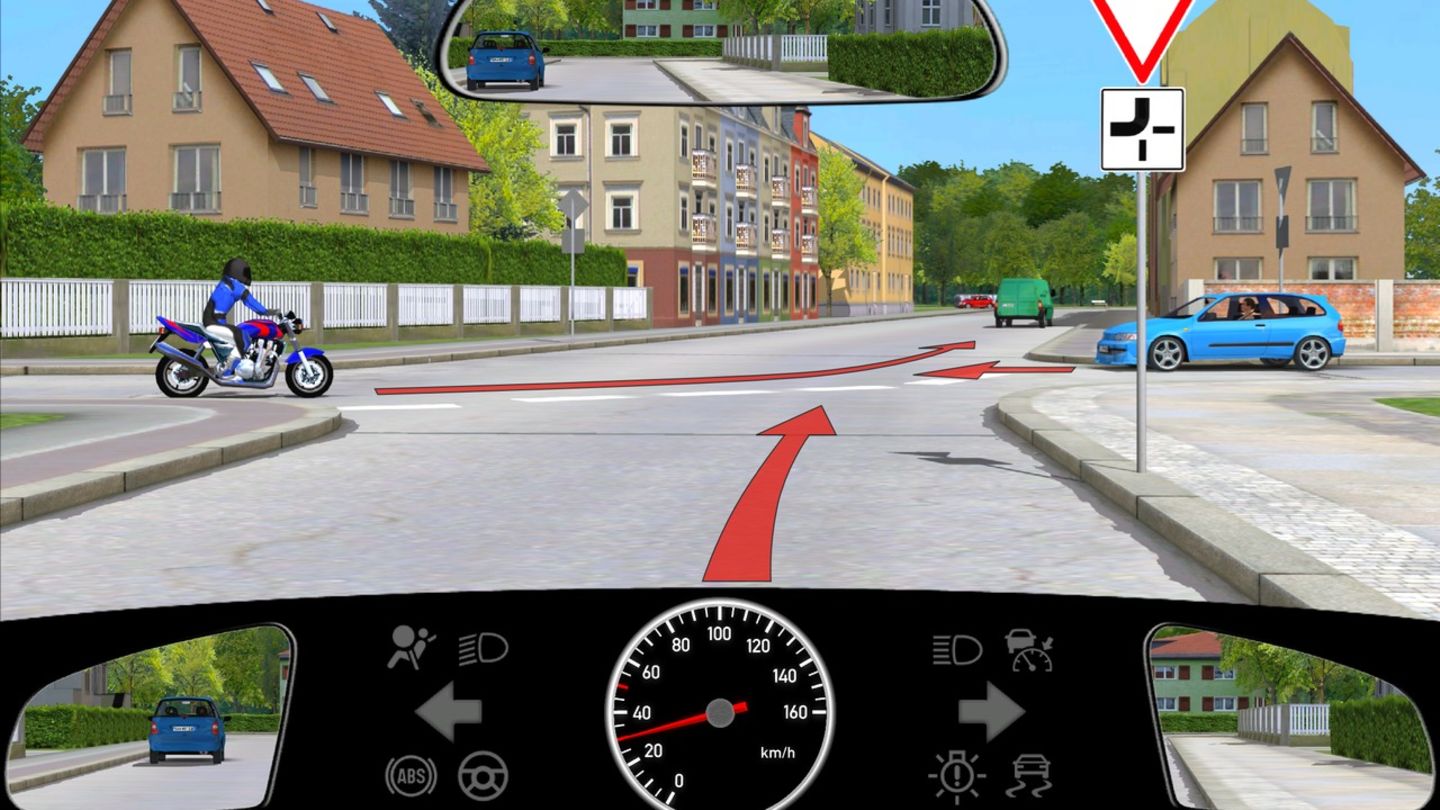The surveys of all opinion research institutes indicate that two-person constellations may no longer be possible. The speculation about possible three-party alliances are fueling the election campaign – and changing the debates.
Only an alliance with the right-wing AfD is currently excluded. The free voters, who in some surveys are seen as more than three percent, are considered unknown.
Because different coalition options are likely to be possible, the formation of a government could take a very long time. In any case, like many other politicians, Greens co-leader Robert Habeck expects lengthy negotiations. However, Habeck is expecting an agreement by Christmas. As a reminder: after the 2017 federal election, Chancellor Angela Merkel was only able to take up her fourth term in March 2018.
BLACK GREEN
For a long time, observers had firmly assumed that Germany would get a black-green alliance after the federal election. When the Greens caught up, there was speculation about a green-black alliance. But the current weakness of both the Union and the Greens makes this option seem unlikely. Furthermore, there is an expectation in both parties that there will be a number of unpredictable MPs in the new parliamentary groups – a majority should therefore have a certain “buffer”.
RED GREEN
SPD chancellor candidate Olaf Scholz said in the “Tagesspiegel” that he would like to govern with the Greens. A majority in favor of such a two-party alliance is currently not in sight, but in view of the obvious volatility in the surveys, at least theoretically conceivable.
RED-BLACK OR BLACK-RED
According to the latest polls, the SPD has clearly overtaken the Union – according to an INSA poll, it is 26 percent and the CDU / CSU 20.5 percent. This brings at least the theoretical possibility of continuing the previous coalition within reach. However, the prospects for this are considered to be rather unlikely. Even after the previous election, the SPD was forced to be forced into a new coalition. According to the Union and the SPD, they would only accept this under social democratic leadership. Then, however, there should be great resistance in the Union to a junior role under an SPD chancellor.
GERMANY COALITION
One option was a so-called Germany coalition made up of the Union, SPD and FDP. In the Union, people flirted with it for a long time – but only because they were in front of the SPD. But now the Social Democrats are ahead. CDU / CSU would have to swallow an SPD chancellor – as mentioned, this is considered unlikely. An additional problem: If the election result on September 26th turns out to be as polls currently suggest, a number of other coalitions would be possible at the same time.
JAMAICA COALITION
An alliance of the Union, the Greens and the FDP was the preferred option, at least for the CDU, in 2017. This time there should also be a majority in favor. However, unlike in 2017, the Greens are considered a problem this time. Because they would be more of an outsider in such an alliance – but a Green party congress would have to agree to a coalition agreement. So there is a risk of rejection. In addition, both the Greens and the FDP would have to explain why they want to govern with the Chancellor, who is at least currently less popular, if several options are possible at the same time.
TRAFFIC LIGHT COALITION
An alliance of the SPD, the Greens and the FDP is also an option, for which there is currently an arithmetical majority. Leading FDP politicians have almost ruled out such an alliance under the leadership of the Greens, but kept the option open under a Chancellor Olaf Scholz (SPD) – FDP leader Lindner also did this on Monday. This alliance option is a nightmare for the Union. It is hoped that the liberal Lindner as “kingmaker” would prefer an alliance with the Union. But this is not certain. The SPD’s argument will primarily be the reference to the personal approval ratings: The FDP leader could be faced with the choice of entering into a coalition with the unpopular union candidate Armin Laschet (CDU) or with Scholz, who is much more popular Germans trust the role of chancellor. The SPD candidate for Chancellor last campaigned for the Liberals.
RED-RED-GREEN
An alliance of the SPD, the Greens and the Left Party has long been mathematically excluded. But according to the latest polls, this coalition, which is preferred by parts of the SPD and the Greens as a real change of policy, is again an option. The Chancellor candidates from the SPD and the Greens have at least not excluded them – even if Scholz puts basic conditions on the left. The Union, on the other hand, is trying to step up its campaign against such an alliance and hopes that it will win over more voters.




